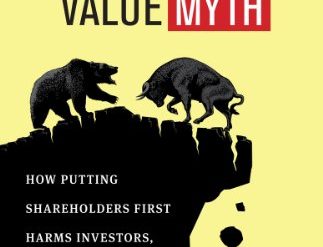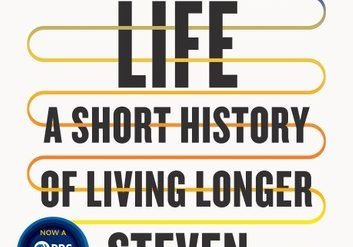
If you’re the sort of person who gravitates to the sidelines at parties, shuns speaking opportunities and the spotlight in general, and wonders how gregarious people ever got to be that way, this book was written for you. And, as it turns out, not just for me, too, but also for between one-third and one-half of the American population. We’re the people who benefit from the hidden power of introverts.
Estimated reading time: 4 minutes
Here’s Susan Cain framing her subject: “Our lives are shaped as profoundly by personality as by gender or race. And the single most important aspect of personality — the ‘north and south of temperament,’ as one scientist puts it — is where we fall on the introvert-extrovert spectrum. Our place on this continuum influences our choice of friends and mates, and how we make conversation, resolve differences, and show love. It affects the careers we choose and whether or not we succeed at them.” And, of course, lots more.
Quiet: The Power of Introverts in a World That Can’t Stop Talking by Susan Cain ★★★★★
The popular misconception of introversion in America is that it’s “somewhere between a disappointment and a pathology.” By contrast, extroversion has become what Cain calls the “Extrovert Ideal” in U.S. society, making the rest of us feel somehow guilty when we don’t measure up. Cain takes on this misguided notion with a vengeance. In Quiet, she demonstrates how each of these two personality types has its own advantages and disadvantages. She makes a clear case for including a balance of the two types in any organization, the extroverts to push the limits and the introverts to hold them back from hurtling over the edge.
The terms introvert and extrovert were popularized by Carl Jung in an influential book published nearly a century ago (1921). “Introverts are drawn to the inner world of thought and feeling, said Jung, extroverts to the external life of people and activities. Introverts focus on the meaning they make of the events swirling around them; extroverts plunge into the events themselves.” In Quiet, Cain details the many ways in which the two personality types differ in the ways they work, play, invest, love, and perform just about any other function common to Americans in the here and now.
Comparing introverts and extroverts
The distinction between the two types isn’t hard and fast. For example, “[i]ntroverts may have strong social skills and enjoy parties and business meetings, but after a while they wish they were home in their pajamas. . . Nor are introverts necessarily shy. Shyness is the fear of social disapproval or humiliation, while introversion is a preference for environments that are not overstimulating.” Introverts listen more than they talk. Extroverts talk more than they listen. Still, the contrast isn’t complete: these are tendencies exhibiting strong statistical correlations with distinct patterns of chemical interaction in the brain . They’re not universal guides to behavior.
Cain places contemporary views of introversion and extroversion in historical context. A century ago, during what she terms the “Culture of Character,” Abraham Lincoln was placed atop the pedestal of virtue. Today? Tony Robbins represents the ideal in the Culture of Personality. (Tony Robbins?! You’ve got to read the book.)
Quiet is endlessly fascinating, with lengthy passages and sometimes chapters devoted to Robbins, Harvard Business School, Dale Carnegie, Rosa Parks, open-plan offices, Steve Wozniak, and other icons, fads, and trends of today’s America. Throughout, the author presents the detailed findings of research in “personality psychology,” as the relevant field is called. She cites the jargon but explains everything in clear, straightforward prose.
If you want to gain insight into who you are and why you act the way you do, read this book. It’s a pleasure.
For related reading
You might also enjoy Science explained in 10 excellent popular books.
If you enjoy reading nonfiction in general, you might also enjoy:
- 10 great biographies
- My 10 favorite books about business history
- 20 top nonfiction books about history
- The 10 most memorable nonfiction books of the decade
And you can always find my most popular reviews, and the most recent ones, on the Home Page.




























Mal, thanks for being so quick off the mark to link in and get the “library” started. Cheers
Sounds interesting…thanks for sharing.
Nice blog. New E-mail Subscriber.
Stopping by from Carole’s Books You Loved June Edition. I am in the list as #31.
Elizabeth
Silver’s Reviews
My Book Entry
I love love love this book. I gave it to my mom and told her to get over her dislike of reading because I needed her to finally be able to understand me. So good. Glad you liked it.
I have read SO many good things about this book! I need to get my hands on a copy ASAP!
My Books For The Year @ Chaos Theory
Haven’t read the book yet but watched the TED talk. Thanks for the review. I came via Carole’s Chatter.